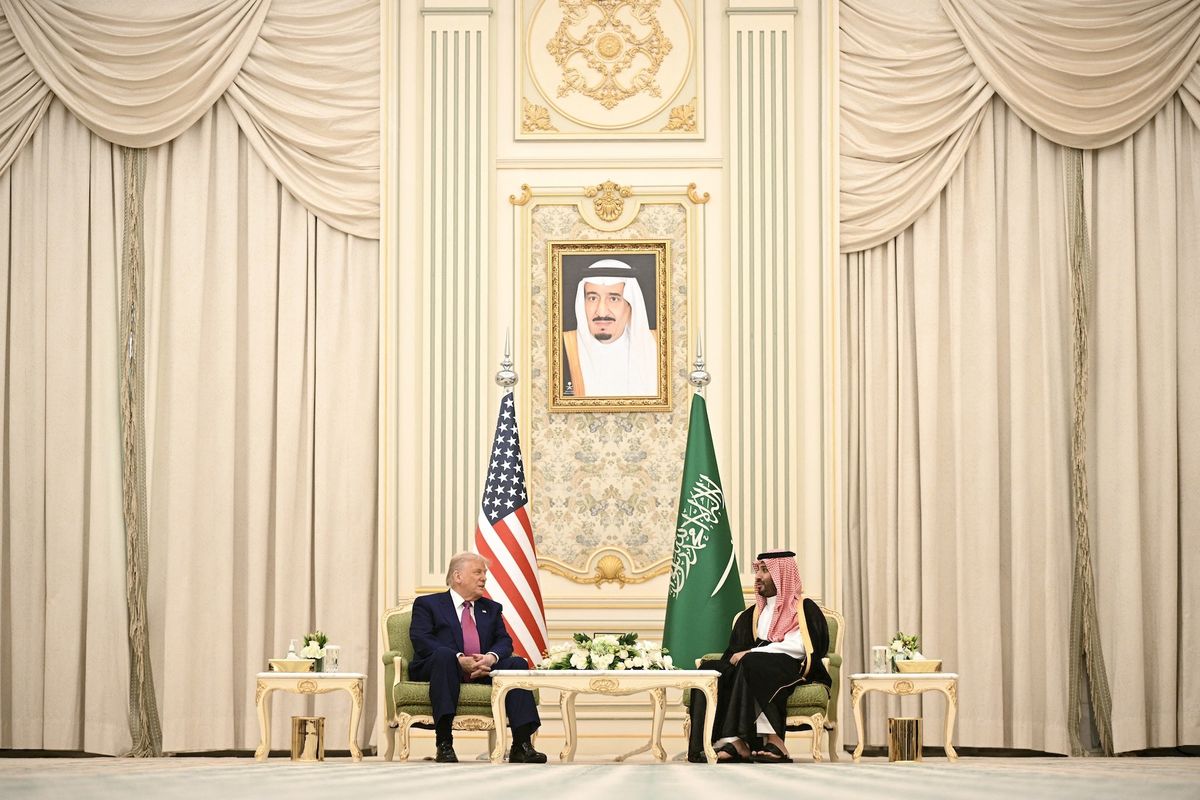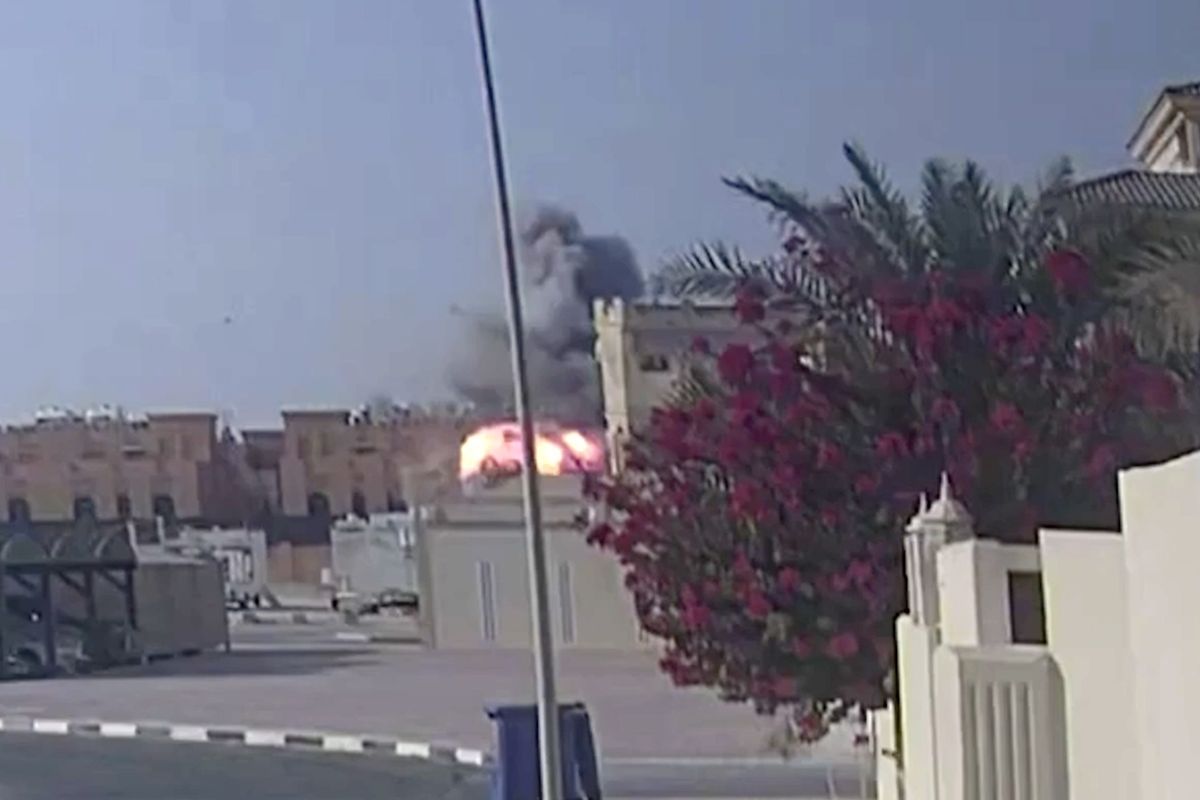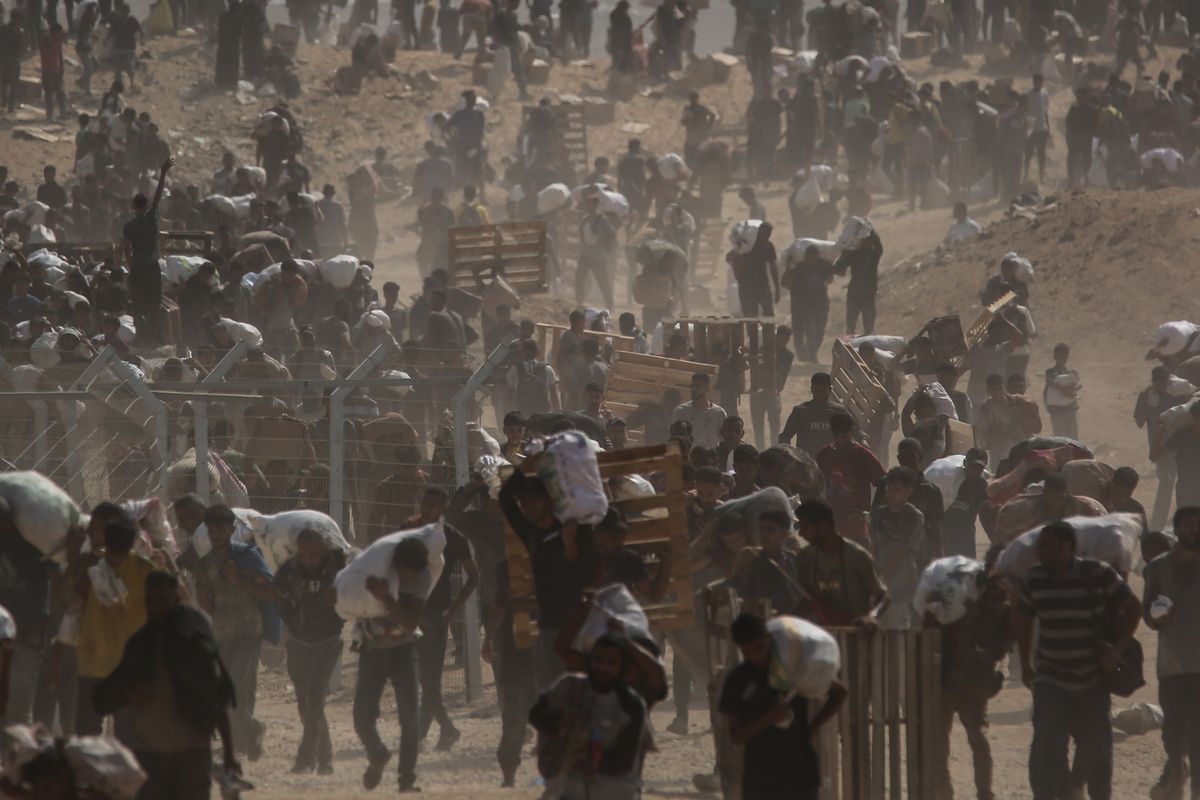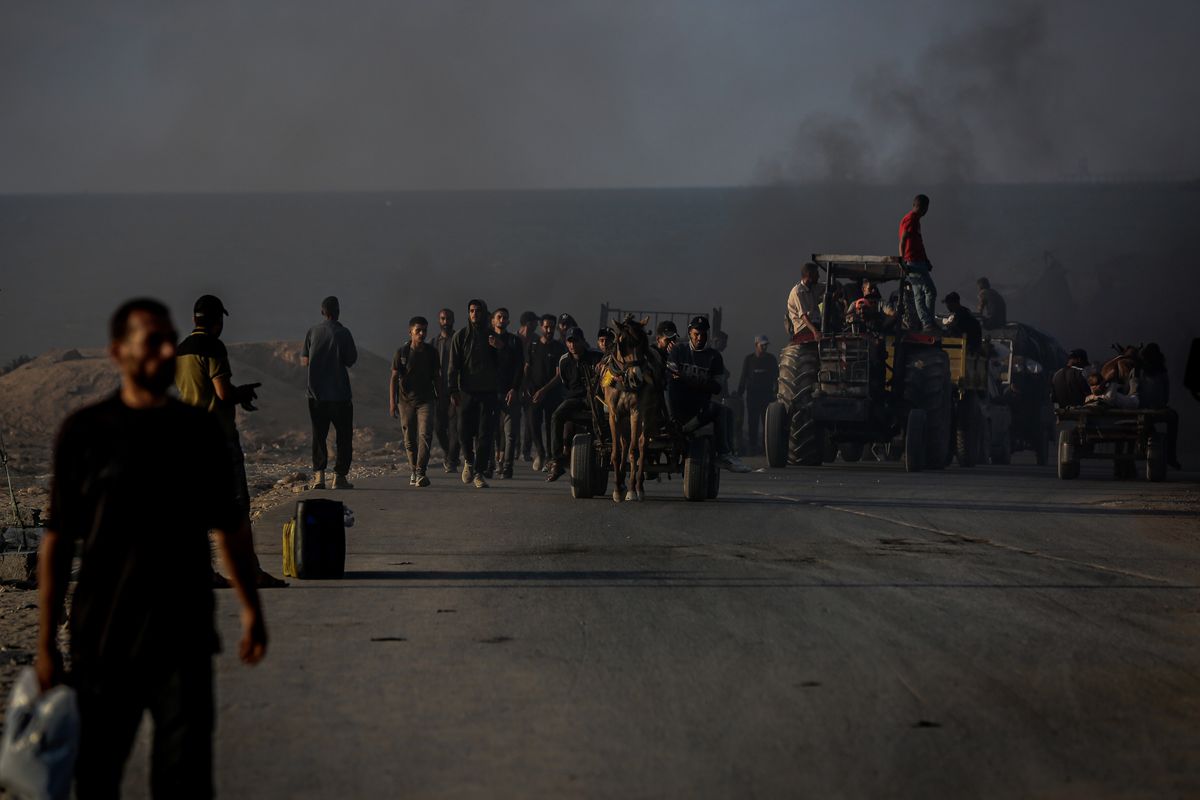With one of the most complex systems of governance in the world, Iran finds itself at perhaps its most daunting political crossroads since the 1979 Iranian Revolution. The 77-year old Supreme Leader, Ayatollah Ali Khamenei, reportedly is in declining health and possibly nearing the end of his tenure, and several other founders of the Iranian revolution have died – most notably former Iranian president Ali Akbar Hashemi Rafsanjani this January. And elections are scheduled in May to determine whether President Hassan Rouhani will remain in office. All of this raises questions regarding who will succeed Khamenei and the direction of Iranian foreign and domestic politics moving forward.
“As the generation of revolutionary Iran’s founding fathers passes from the scene, its leaders are seeking to reinforce their control over their legacy even as a competition for primacy among their heirs and rivals has already begun,” writes Suzanne Maloney, Deputy Director of the Foreign Policy Program at the Brookings Institution and a leading scholar on Iran. “This shadowboxing among regime elites will shape the future of Iran, and the prospects for escalation or resolution in its four-decade estrangement with Washington,” she continues.
Since 1989, Ayatollah Khamenei has served as Iran’s Supreme Leader and most powerful figure, ruling the country with an oppressive and heavy hand. As outlined in Article 110 of the Iranian Constitution, the Supreme Leader is charged with executing and delineating the general policies of the Islamic Republic of Iran, commanding the country’s armed forces, declaring war and peace, and appointing several key members of the Iranian political, military, and judicial establishments.
In addition, Khamenei has often publically criticized U.S. policies, particularly in the Middle East, and continues to pit the U.S. as an enemy of Iran, despite any positive outcomes following the Iran nuclear deal.
“Negotiations with the United States open gates to their economic, cultural, political and security influence,” Khamenei was recently quoted as saying on his website. “Even during the nuclear negotiations, they tried to harm our national interests.”
Khamenei’s role as Supreme Leader is virtually unchallenged due to the circular electoral system established in the Iranian Constitution. The Supreme Leader is chosen by the Assembly of Experts, an 88-member legislative body elected by the Iranian public. Every individual running for a seat in the Assembly of Experts must be approved by a 12-member Guardian Council, which is comprised of six members handpicked by the Supreme Leader and six members elected by the Iranian parliament known as the Islamic Consultative Assembly. Because all those in the Assembly of Experts are authorized by the Guardian Council and half of the Guardian Council is selected by the Supreme Leader himself, there has been little if any attempt to remove Khamenei from his position.
With Khamenei facing increasing health concerns, speculation is rampant about who could succeed him, and there is jockeying by others in leadership positions to assume more power or influence on Iranian policy. Current Iranian President Hassan Rouhani, viewed as a more moderate political figure, galvanized public support after delivering on the Iran nuclear agreement that led to the lifting of international sanctions – although that support has waned in recent months as the expected economic benefits of the deal have not materialized to the extent that the public anticipated. With a victory in his reelection bid this May, Rouhani may cement his status as a leader in Iranian politics for years to come.
Another key figure within Iran is Qasem Soleimani, who in 2011 was appointed by Khamenei as the head of the Iranian Revolutionary Guard Corps (IRGC), a powerful security unit tasked with guarding the ideas and principles of the 1979 revolution. Since 1998, Soleimani has also commanded the Quds Force – the IRGC’s external operations wing that coordinates with Iranian aligned groups around the globe such as Hezbollah. By consolidating his control over the IRGC in its entirety, Soleimani has increased his influence on Iran’s foreign and domestic policies.
“Because Iran’s military capabilities and resources are limited, especially in comparison to most of its rivals and U.S. forces in the region, Tehran has relied on the IRCG’s unconventional forces to advance longstanding Iranian goals,” wrote former Senior CIA Analyst Steven Ward in The Cipher Brief last April. “These include extending Iran’s influence in the region, reducing U.S. influence and presence, and confronting Israel.”
“Today, the IRGC sees protecting and projecting Tehran’s influence as a critical goal of its actions in Syria, Iraq, and Yemen, which have become part of a broader proxy war between Iran and Saudi Arabia,” continues Ward.
The growing strength and clout of the IRGC likely means the selection of a new Supreme Leader will need the organization’s endorsement.
Two individuals considered leading candidates to succeed Khamenei are Ibrahim Raisi, head of the prominent Astan-e Quds foundation and Ayatollah Mahmoud Hashemi-Shahrudi, a member of Iran’s Assembly of Experts and a leading Shiite theologian and scholar.
“The ideal successor to Khamenei would have to not only share the [IRGC’s] perspective but also have close ties to the security organs and the judiciary,” wrote Ray Taykeh, Senior Fellow at the Council of Foreign Relations, in the Washington Post last September. “Raisi is being increasingly touted by them as a vanguard of the regime and an enforcer of its will,” he continued.
“Shahrudi’s religious credentials are immaculate, and he is also a potential successor to Grand Ayatollah Ali al-Sistani, 86, in Najaf [Iraq], as the world’s leading Shia theologian,” writes John Nixon, former CIA analyst and author of the book Debriefing The President: The Interrogation of Saddam Hussein. “Shahrudi’s possible succession to both these positions could have enormous political ramifications within both Iraq and Iran.”
Potential changes in the Iranian leadership come against the backdrop of a new administration in Washington that has altered course from the Obama Administration’s stance vis-à-vis Iran. The Trump Administration has used forceful rhetoric, called into question the nuclear deal, and imposed additional sanctions against Tehran soon after Iran tested a ballistic missile. While the prospect of a new Supreme Leader and the continued presidency of Rouhani may offer hope for a new direction in U.S.-Iranian relations, few are counting on it.
Bennett Seftel is deputy director of editorial at The Cipher Brief. Follow him on Twitter @BennettSeftel.












